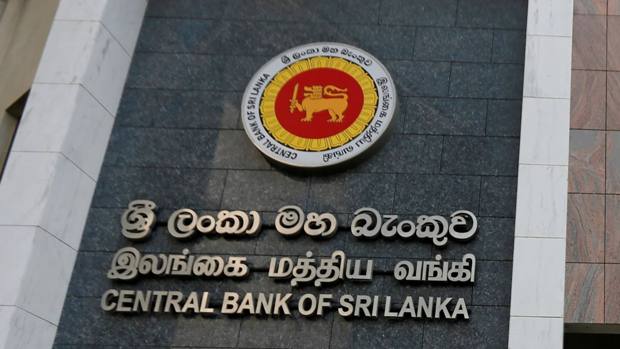By Uditha Jayasinghe
COLOMBO – Sri Lanka’s central bank set a new single policy rate of 8% on Wednesday (27), easing monetary settings below previously used benchmarks, in an effort to shore up the island nation’s fragile recovery from a deep financial crisis.
The introduction of an overnight policy rate (OPR), which had been flagged as likely earlier this year, would help markets more easily adjust to lower rates and help foster growth, the Central Bank of Sri Lanka (CBSL) said.
Until now it set two key rates, the Standing Deposit Facility Rate (SDFR) and the Standing Lending Facility Rate (SLFR), which economists had expected would be reduced by 25 basis points each to 8% and 9%, respectively.
The SDFR and SLFR will no longer be considered policy interest rates, CBSL said but added that banks can continue to use them to borrow or lend from it and these would be set 50 basis points on either side of the OPR.
Factors that prompted further easing include deeper-than-expected deflationary conditions in the near term as well as further moderation of underlying inflationary pressures and inflation expectations, the bank said.
The lack of further leeway to reduce market lending rates and better-than-expected developments for the global macro economy were also factors, it said.
“I don’t expect the kind of sharp easing we had since last year to this year – don’t expect that kind of trend to continue but whether we ease further, will need to wait and see,” Governor P. Nandalal Weerasinghe said.
He added that the bank will monitor inflation-growth dynamics, external balances, real interest rates and the output gap to decide on policy.
The South Asian economy is gradually emerging from a debt crisis after a $2.9 billion assistance package from the International Monetary Fund (IMF) was secured in March 2023.
Sri Lanka’s economy is expected to grow by 4.5%-5% in 2024, slightly above the World Bank’s estimate of 4.4%, an official at the bank said.
Weerasinghe said the baseline expectation is for the economy to expand 3% in 2025 but he was confident it would grow much faster.
“There is no direct signalling of an end to the easing cycle,” said Thilina Panduwawala, head of research at Frontier Research.
“But they do say that without further policy easing, they did not see further space for market rates to reduce. That might imply CBSL assumes rates can bottom out after this rate cut and that can make sense given their inflation forecast expects inflation to rise going into mid-2025.”
On Tuesday (26), Sri Lanka launched a long-awaited bond swap, a major step to completing its $12.55 billion debt restructuring and enabling its fragile economic recovery to continue.
Bondholders have until Dec. 12 to vote in support of the proposal, which would see them swap existing bonds for a set of new issues.
Completion of the nearly 30-month debt restructuring process and a budget aligned with the IMF programme could bring down interest rates of government securities and boost credit growth, analysts said.
-Reuters



Comments are closed, but trackbacks and pingbacks are open.